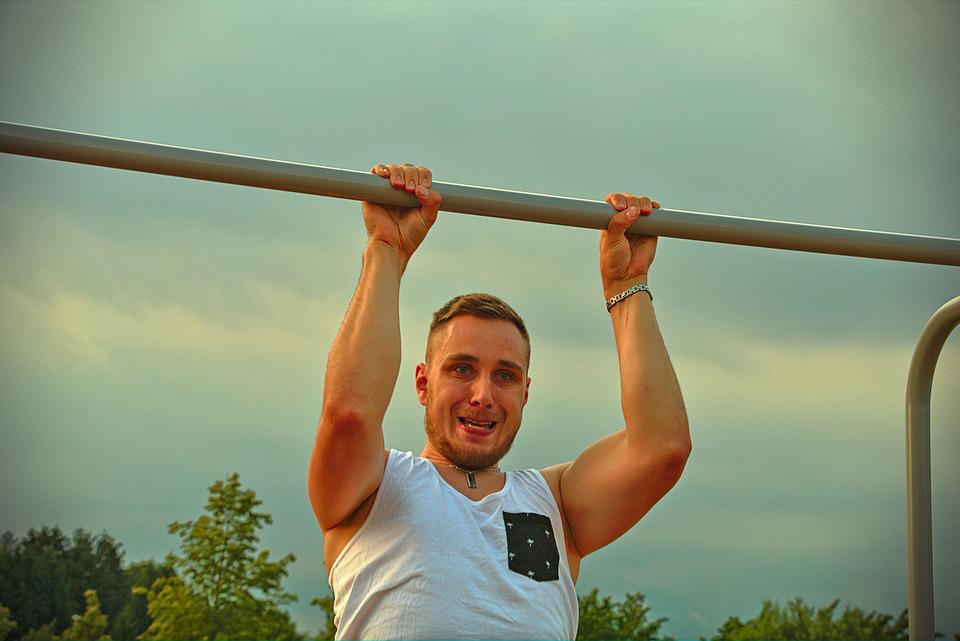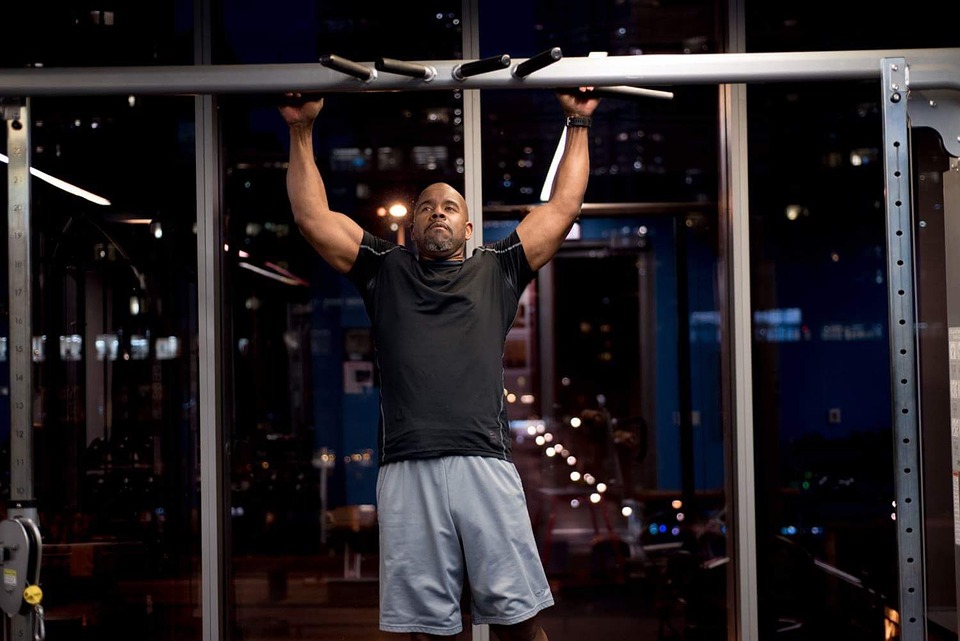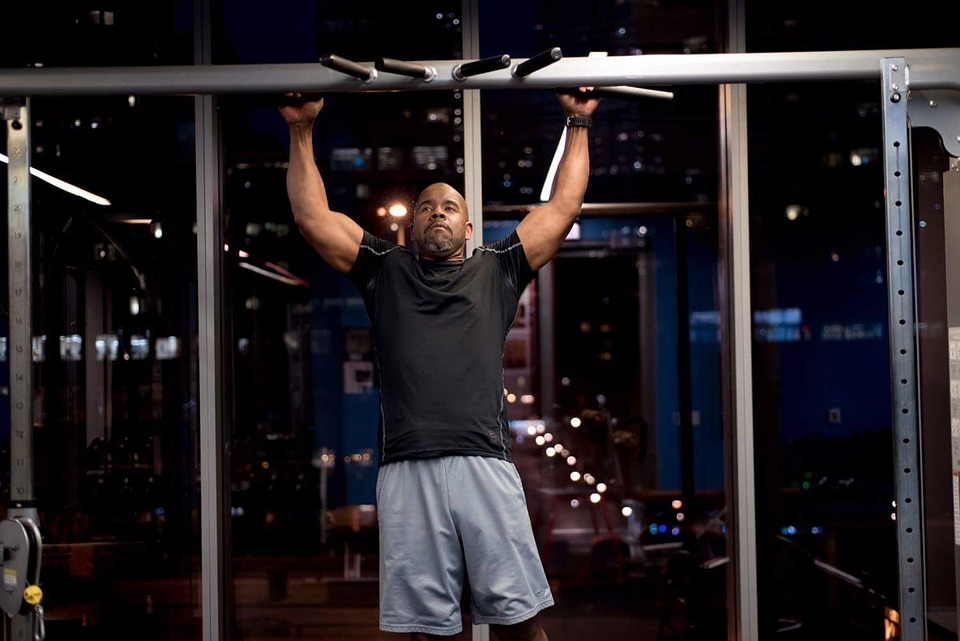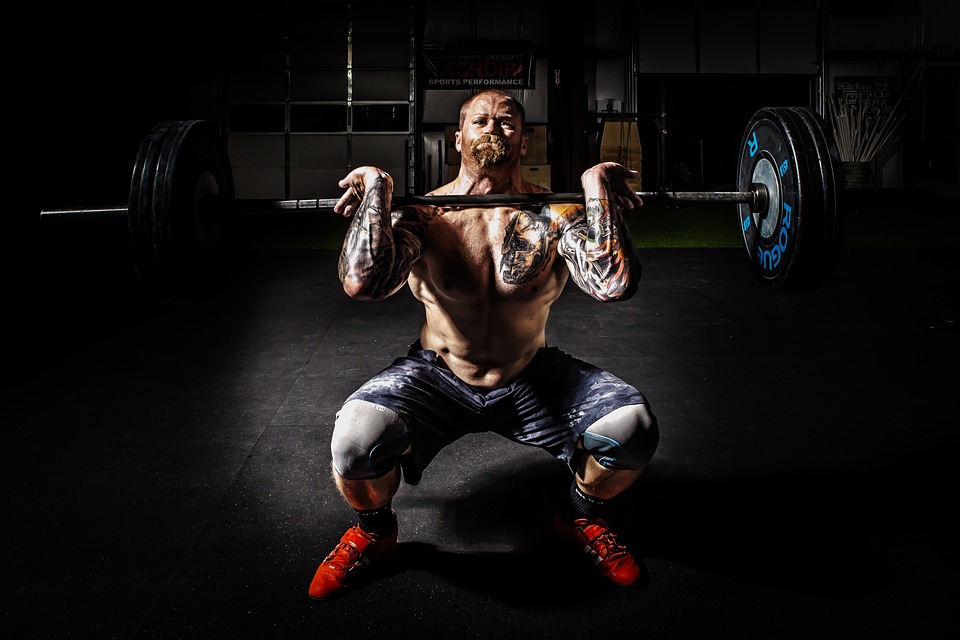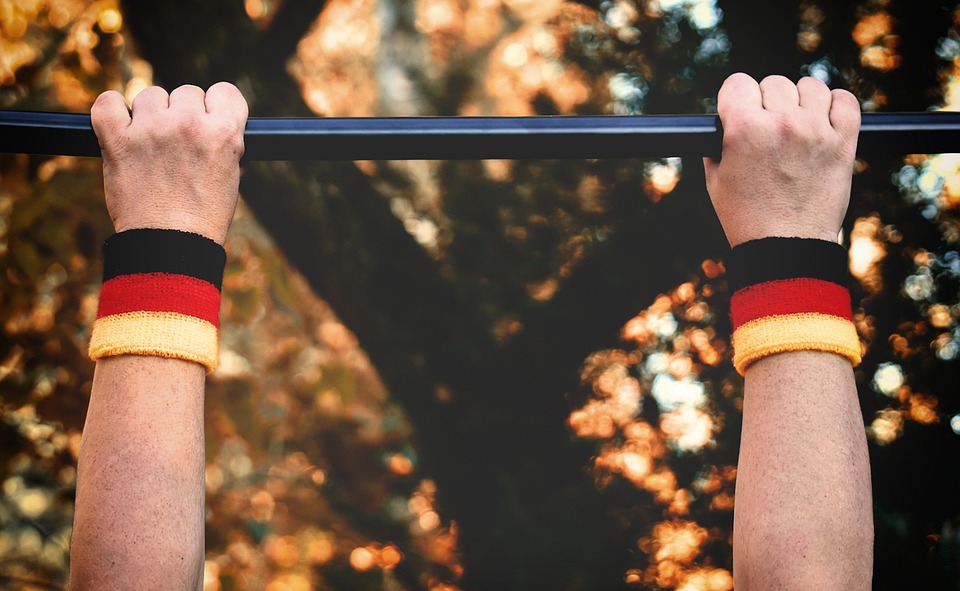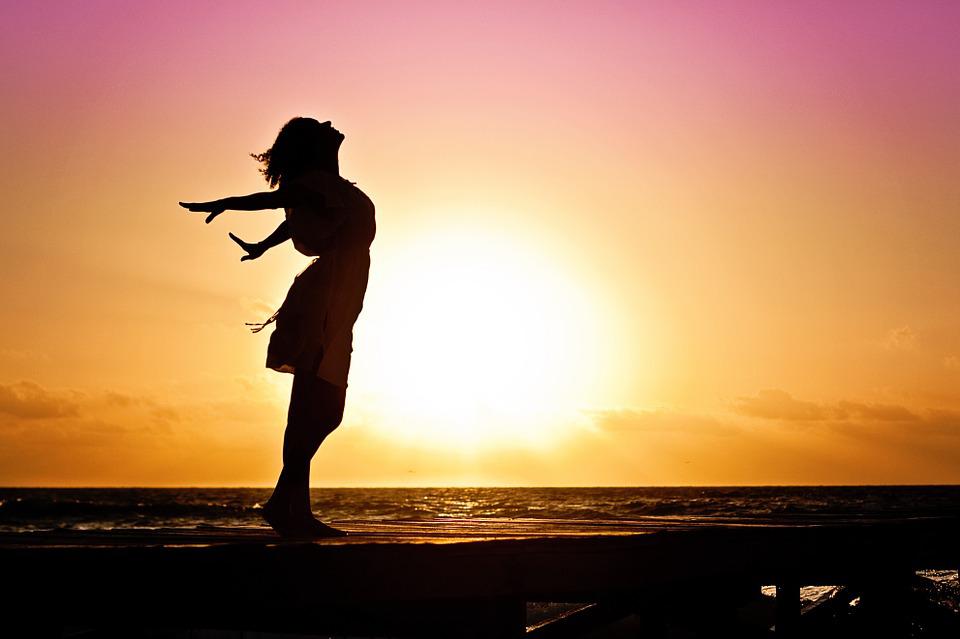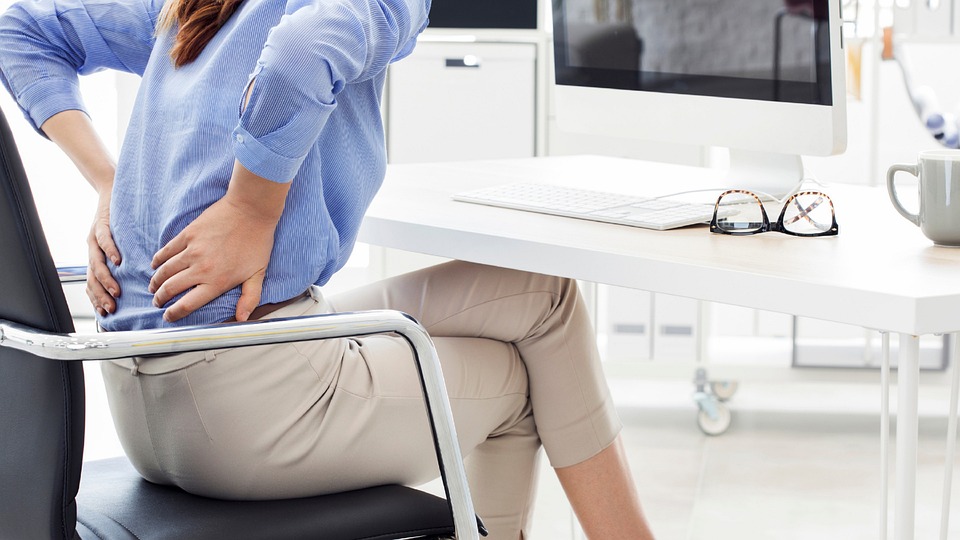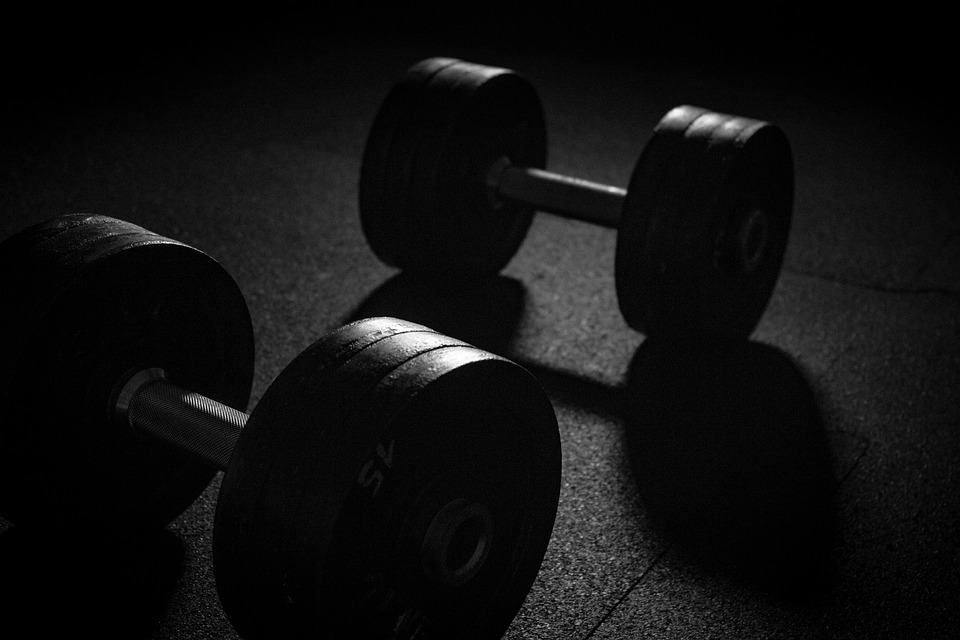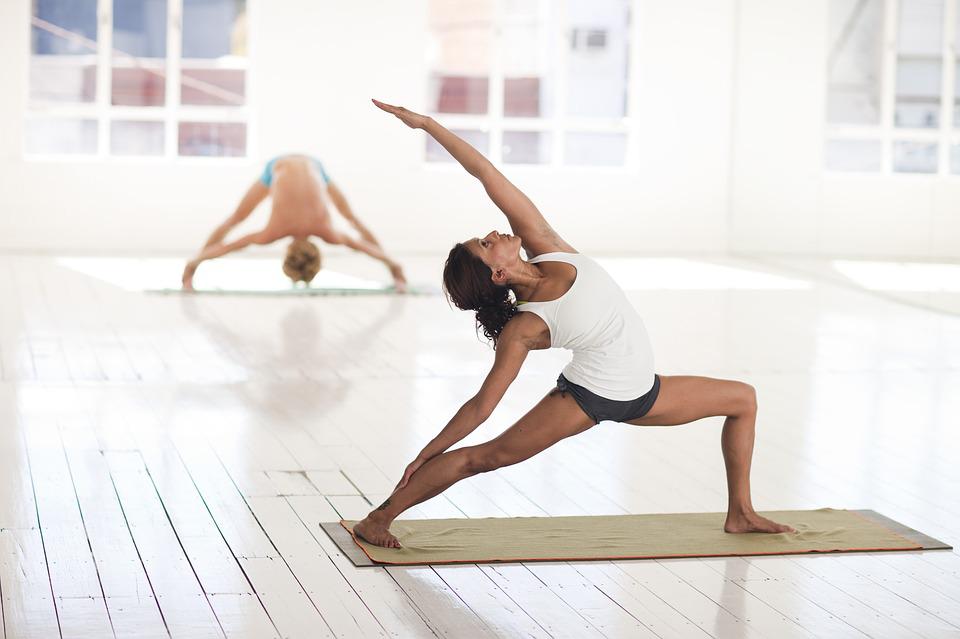
When it comes to getting in shape,weight and strength are often the main focus. However, flexibility is just as important as it helps with movement and posture and can prevent injuries.
The more flexible you are, the easier it will be to do day-to-day tasks. If you’re more flexible, you’re less likely to pull a muscle when you reach for something on a high shelf or bend down to clean something.
According to Rocky Harris, when you are performing a movement, your central nervous system sends a signal to your muscle. The more relaxed or flexible the muscle is, the quicker it can respond to the signal. Loose muscle tissues will enable increased fast-twitch muscles plus endure longer pose durations in balanced positions.
You can improve your flexibility by doing these exercises.
Dynamic Lunges
Directions:
- Stand with one foot behind you and one foot in front, about two to three feet apart.
- With your weight on your back leg, bend your knees and lower your body until your back knee is a few inches from the floor.
- When your knees are bent, your front thigh should be parallel to the floor and your back knee should point toward the floor.
- Push back up, keeping your weight on the heel of your front foot.
- Continue for 5?10 reps before switching foot positions.
Muscles stretched: Glutes, hamstrings, quadriceps, calves
Stair Calf Stretch
Directions:
- Stand on the bottom step with your heels hanging off of the edge.
- Slowly drop your heels down. Hold on to the wall or stair rail as you lower down.
- Hold this position for 20-30 seconds.
- Repeat two to three times.
Muscles stretched: Calves, Achilles’ tendons
Lizard Pose (Utthan Pristhasana)
Directions:
- Begin in the Downward-Facing Dog
- Step your right foot forward, outside of your right hand. Make sure your foot comes all the way forward until your toes are in line with your fingers. Your right knee should be bent at a 90-degree angle and shouldn’t go farther forward than your ankle.
- Bend your elbows until your forearms are on the floor, keeping your shoulders above your wrist.
- To ensure your hips don’t sag towards the floor, press into your left heel to keep your left leg active. Hold this position for 10 seconds.
- To release the position, straighten your arms and bring your right leg back into downward-facing dog position.
- Hold this position for 10 seconds.
- Repeat the steps starting 10 times on each side.
Muscles stretched: Hips, groin, inner hamstrings
Lying Quad Stretch
Directions:
- Lie on your right side on a mat or the floor with your legs extended straight away from your body, resting your head on your right arm on the floor to support your neck.
- Bend your left knee and pull your left heel up towards your left glute, using your left hand to grab a hold of the top of your left foot.
- Tighten your core to maintain stability through your pelvis; maintain this core tightness throughout the stretch. Keep your hips on top of one another so that you don’t strain your quadriceps and hip flexors.
- Gently pull your left heel and lower leg towards your tailbone, keeping your left thigh and knee resting on the inside of the leg on the floor.
- Hold this position for 30 seconds, then straighten the leg and squeeze your thigh.
- Repeat this two to five times, then perform this stretch on the opposite leg.
The muscles that are stretched are the quadriceps, hip flexors, and extensor tendons (top of feet).
Frog Pose
“If you don’t have strong hips, your explosiveness will be significantly compromised.” According to Harris, having strong hips is important for being able to do explosive movements. If your hips are not strong enough, you will not be able to do these types of movements well.
Directions:
- Start in a tabletop position with your palms underneath your shoulders.
- Next, inhale and slowly press your hips away from your palms as you exhale.
- Hold this stretch for 20-30 seconds while taking deep breaths in and out. For a deeper stretch, start on your forearms in the tabletop position.
Muscles stretched: Hips
Pigeon stretch
According to Harris, the IT Band is responsible for hip extension and rotation, as well as knee stability.
Directions:
- Start in a tabletop position with your palms underneath your shoulders.
- Next, inhale, and on exhale straighten your leg left.
- Next, bend your right leg in a perpendicular position in front of your left hip.
- Hold this stretch for 20-30 seconds while taking deep breaths in and out.
- After, return to the starting position then switch sides. For a deeper stretch, transition onto your forearms.
Muscles stretched: IT Band
Half split
The hamstring is responsible for most of the lower body’s flexible movements. It also gives extra support to the back.
Directions:
- From a standing position, place your hands at your side for balance.
- Inhale, then on exhale use the ball of your foot to gently kneel down on your right knee.
- Next, transition onto your right instep, inhale, then on exhale extend your left leg in front of you with the weight on your heel.
- Place your palms on either side of you for balance then lower your chest to deepen the stretch.
- Take deep breaths in and out for 20-30 seconds then return back to the starting position to perform this stretch on the other side.
Muscles stretched: Hamstring
Piriformis stretch
Harris explains that your glutes are responsible for explosive moments and delegating direction change, acceleration, and explosiveness. Stretching your glutes will enable this muscle to perform any task with maximum effort.
Directions:
- Lie on your back with your legs bent and heels flat on the ground.
- Place your right foot over your left knee.
- Next, lift your left leg off the ground and interlock your hands behind your left leg.
- Take a deep breath in then on exhale use your elbows to push against your thighs for a deeper stretch.
- Repeat the last step for 20-30 seconds then switch sides.
Muscles stretched: Glutes
Overhead shoulder stretch
The shoulder muscles are the most overused upper body muscle, but they are underused when it comes to stretches. This muscle is responsible for catching, throwing, punching, pushing, and pulling. When this muscle becomes tight, it limits our ability to perform these movements at full range.
Directions:
This stretch can be performed while standing, seated, or kneeling.
- To begin, straighten your right arm towards the sky.
- Next, bend at the elbow then gently place it behind your left shoulder.
- Next, take a breath in, and on exhale, use your left hand to gently pull your right elbow towards your ear.
- Hold for a minimum of 20 seconds then repeat on the opposite side.
Muscles stretched: Shoulders
Thunderbolt pose
This is a great exercise for flexibility in your hips and thighs, lower back, and ankles,” says Michael Matthews. “After a few weeks, you should see significant improvements in your lower-body range of motion.”
Directions:
- Sit on your knees with your feet under your butt on a comfortable surface.
- Spread your knees and feet enough that your butt can fit between them.
- Rest both hands on the ground on either side of you, and slowly lean backward.
- Lean as far backward as you can without pain, then hold this position for 5-to-10 deep breaths, or 30-to-60 seconds.
- Try to keep your back and neck more or less straight.
- If you’re flexible enough, lean all the way back so that your head is resting on the ground behind you.
Eye of the needle pose
The following text is a paraphrase of the text above. The pigeon pose and this pose loosen the glutes, low-back, and outside of the hips in a similar way, according to Matthews. However, with this pose you can control the intensity, which means you can make it more or less intense depending on your level of flexibility.
Directions:
- Lie on your back with both legs straight out in front of you.
- Place your left foot on your right thigh, just above the knee.
- Grab your right thigh by reaching your left arm through the hole created by your legs and wrapping your right arm around the side of your right thigh, and pulling it toward your chest. Keep your back relatively straight.
- Hold this position for 5-to-10 deep breaths (30-to-60 seconds).
- Switch legs and repeat.
Foam roll or self-myofascial release (SMR) for calves
According to research, inflexibility in the hamstrings and spine increases the chances of lower back pain and injury. Erin Mahoney, fitness expert and author, notes that maintaining good flexibility and range of motion is key to avoiding these issues. However, even if you’re not very flexible, there are still things you can do to reduce your risks, such as foam rolling.
Directions:
- Sit on the floor and place one calf directly on the foam roller so the lower leg runs perpendicular to the roller
- Externally rotate the lower leg so you get the outer portion of the calves, this is where most people have adhesions
- For more pressure, use your hands and lift your hips off the ground or cross the other leg on top of the rolling leg
- Find a tender area and hold for 30 seconds.
90/90 Stretch
Directions:
- Sit on the floor and bend one leg in front of your body. Position yourself so your lower leg and knee are resting on the ground. Your leg should form a 90-degree angle, and your ankle should be neutral so your foot is pointing straight.
- Position your other leg beside you with your hip rotated inward and your shin and ankle on the ground. Bend your knee so your leg forms a 90-degree angle. Your back knee should be in line with your hip, and your ankle should be neutral.
- Try to keep your back straight and resist the urge to bend to one side, instead balancing your weight equally on both hips.
- Hold this stretch for up to 60 seconds, breathing deeply to relax into the position. Complete two to three reps on each side.
Muscles stretched: Hips, groin, lower back
Piriformis (deep glute) stretch
Directions:
- Sit on the floor with both legs straight out in front of you
- Begin by bending one knee (right) and crossing the right leg over the left
- Plant the right foot on the floor after you cross the leg over
- Pull your right knee in toward your left shoulder using your left arm
- To feel a deeper stretch, use your bottom leg’s knee (left) to push against the foot
- Repeat on both sides
Muscles stretched: Glutes
Static calf stretch
To get even more benefit from these stretches, Mahoney recommends doing them after foam rolling the corresponding body part. For the best results, hold each stretch for 20 to 30 seconds.
Directions:
- Stand facing a wall and place both hands against it- feet flat on the floor and pointed straight ahead
- Take a half step back with one foot and plant the heel directly on the ground
- Internally rotate the back leg slightly- this is because the outer portion of the calf is what tends to get tight on people, causing their feet to turn out leading to other issues like knee pain
- Keep the back heel flat on the floor, engage the quads, glutes and core
- Lean forward until you feel a slight stretch in the back calf, making sure the foot doesn’t turn out
- Repeat on both sides
Muscles stretched: Calves
Lat stretch
Directions:
- Start in a kneeling position on the floor with a chair or platform in front of you
- Place one hand on the platform and rotate the palm up to the sky
- Sit back on your heels, keeping the arm straight and palm up
- Round your lower back, similar to a child’s pose
- Repeat on both sides
Muscles stretched: Lats
Tips on Improving Flexibility
Stretching is more effective as a cool down from exercise than as a warm up, especially after more strenuous exercise like strength training or intense cardio.
According to Harvard Medical School, you should focus on stretching your neck, shoulders, chest, trunk, lower back, hips, legs, and ankles at least two to three times a week for 60 seconds each. Make sure to focus on your breathing while stretching.
When doing stretching exercises, it can be helpful to focus on your breath and clearing your mind. Breathing during stretching is also important to bring oxygen to the muscles that need repairing.
The bottom line
Stretching is not the most exciting part of a workout, but it is an important part of a fitness routine. Stretching, combined with strength and cardio exercises, will improve flexibility, reduce muscle tightness, and make your workouts safer and more effective over time.

